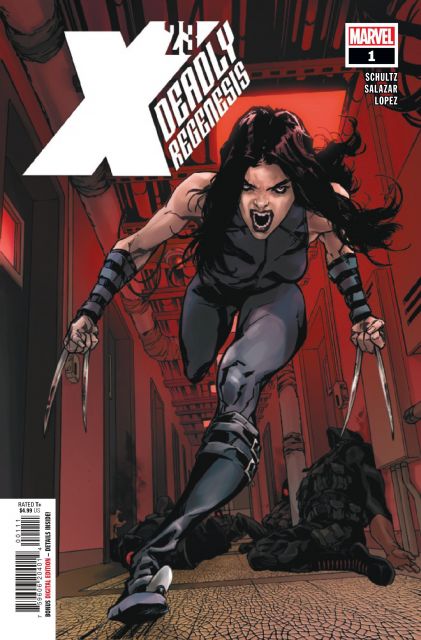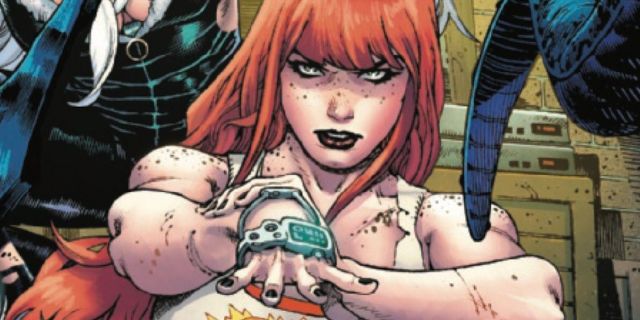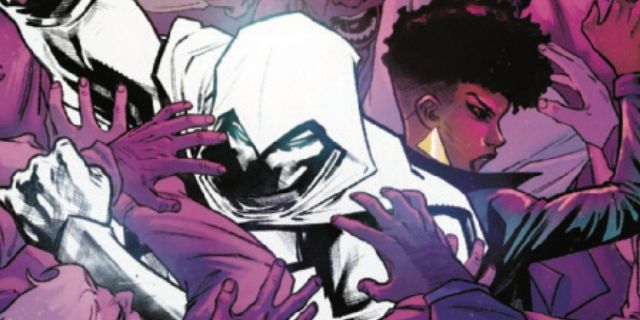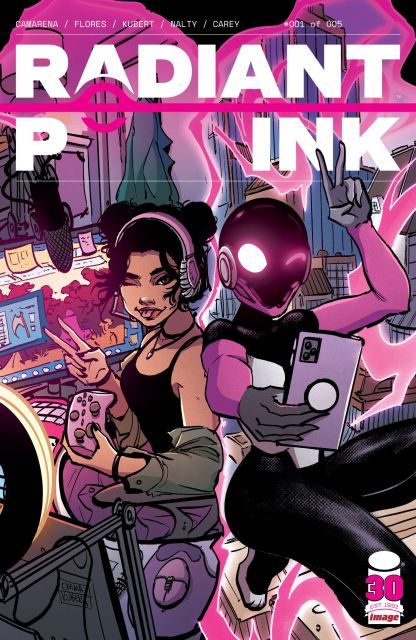Celebrated writer Frank Miller has teamed up with former DC publisher Dan DiDio to launch a new comic book publishing company, Frank Miller Presents. One of its first releases is Ronin: Book Two #1, which is written and laid out by Miller, drawn by Philip Tan and Daniel Henriques, and lettered by John Workman. The issue takes readers back into the Ronin universe, which Miller first created in 1983.
The first installment of this six-part miniseries is a direct sequel to Ronin. The story centers around Casey and her son. The two of them are traveling across a dystopian version of America. Casey recalls the events of the past and how they impact her current situation. Naturally, the two of them encounter trouble, which they face head-on.

While Ronin: Book 2 #1 catches the reader up on the events of Ronin, it is the briefest of overviews. New readers will definitely benefit from picking up the original before diving into this series. Fortunately for those who love and appreciate the original samurai cyberpunk tone of Ronin, Miller picks up where he left off, as this story flows with similar narrative beats and visceral poetry. He’s never been shy about applying dense prosaic captions or dialogue, and this issue is no exception, setting it apart from a lot of contemporary comics.
While Miller is known for his edgier and hard-boiled approach to storytelling, most people don’t give him enough credit for how funny he can be as well. There are one or two genuinely funny moments in Ronin: Book 2 #1 that help to break up the tension — even if they contrast with the gravity of the artwork. It helps to break the ice and ensure the reader understands this is also meant to be fun and to not take everything too seriously.

Tan and Henriques’ artwork takes an astonishing new approach to the Ronin world. Miller’s influence on the layouts is clear, but Tan and Henriques’ art adds a whole new dimension. The artists recently worked together on The Last Shadowhawk #1, and they bring the same energy and boldness to Ronin: Book 2 #1. They pore over every detail in every single panel. Without a shadow of a doubt, their outstanding illustrations lend themselves well to the panoramic, black-and-white design of this comic.
Considering the history and critically acclaimed success of Ronin, it would have been all too easy for Miller to shop the follow-up to DC or other publishers. What’s clear here is he made the best possible decision to release this through Frank Miller Presents. Miller’s work takes full advantage of his unbridled freedom to explore and produce radical ideas that may not fit in with traditional publishers. Ronin: Book 2 #1 takes the reader back to a different era and unshackles the expectations for what comics should be. Put simply, it’s unlike anything else out there right now.















Leave a Reply